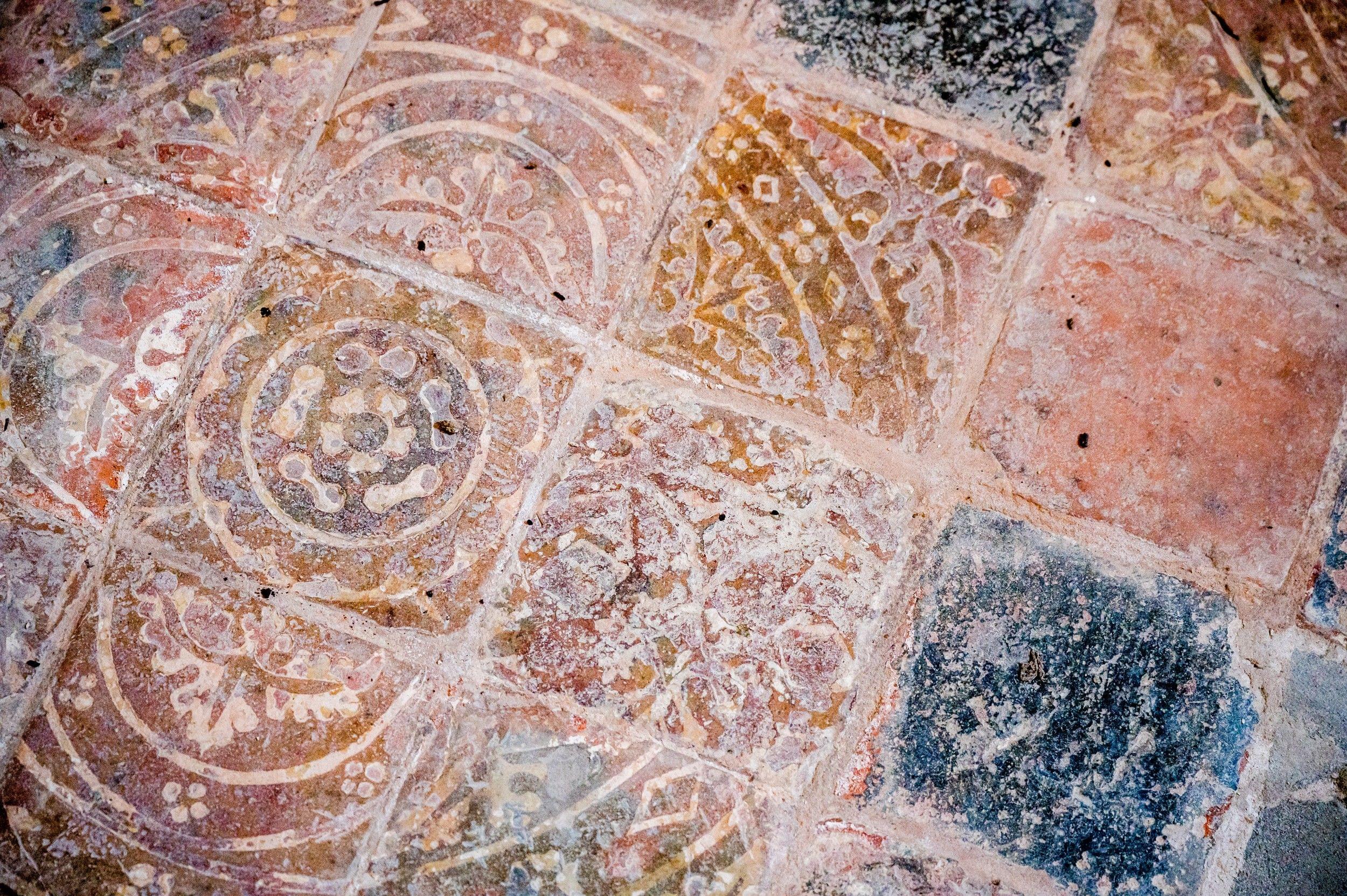Christ Church
Swindon, Wiltshire
Christ Church is a grade II* listed church, built in 1851 to a design by George Gilbert Scott.

Large Roman basilica style church built for the growing population of Swindon because of the Great Western Railway.
Even Swindon, Wiltshire
St Augustine's is a large church which is only half the size it was supposed to be. Consists of a wide nave, with walled choir and semi circular apse (polygonal on the outside).
Inside contains four different artworks by Fleur Kelly in the Byzantine style including the magnificent apse ceiling of Mary, Christ in Majesty and St Augustine painted in egg tempera and surrounded by two types of gold leaf. She also painted two large icons and two triptych's. There are several stained glass windows including on to the south of the choir by Basil Barber, and apprentice of Sir Ninian Comper.
The font is a replica of the Norman font at Stanton Fitzwarren and is surrounded by statues of representing the goodly Christian virtues stamping on the evil vices. Sir John Betjeman was said to be a regular visitor to evensong and is know to have visited the church on several occasions.
Swindon, Wiltshire
Christ Church is a grade II* listed church, built in 1851 to a design by George Gilbert Scott.
Swindon, Wiltshire
Opening only ten days after the declaration of the Second World War, Immanuel is not strictly a historic church; but it retains all the hallmarks of 1930s non conformist architecture and design from the art deco to the post war modern.
Lydiard Tregoze, Wiltshire
This remarkable Grade I church lies behind Lydiard Park.